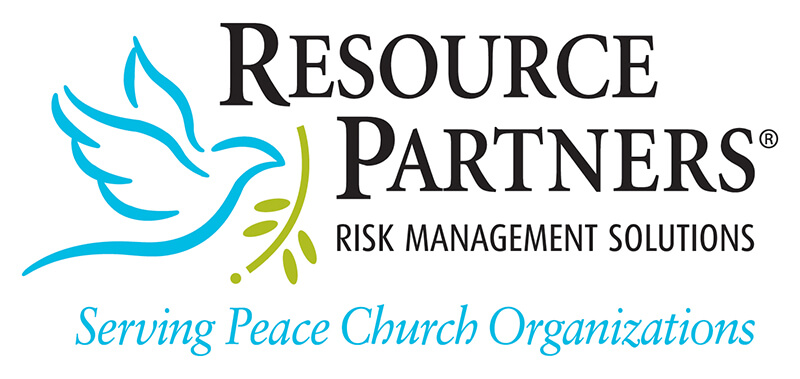Cyber Awareness
Cyber-attacks are becoming increasingly sophisticated, and criminals are always finding new ways to steal personal information. In recent years, there have been a number of high-profile data breaches, including the Equifax breach and the Marriott breach. These breaches have exposed the personal information of millions of people, including Social Security numbers, credit card numbers, and birth dates.
Criminals use personal information for a variety of purposes, including identity theft, credit card fraud, and phishing attacks. Identity theft is a crime in which criminals use someone else’s personal information to open new accounts, make purchases, or commit other crimes. Credit card fraud is a crime in which criminals use someone else’s credit card number to make unauthorized purchases. Phishing attacks are a type of scam in which criminals send emails that appear to be from legitimate companies in order to trick people into revealing their personal information.
There are a number of ways to protect yourself from cyber attacks. One important step is to be aware of the latest threats. You can do this by reading security blogs and newsletters, and by following security experts on social media. Another important step is to use strong passwords and to change them regularly. You should also be careful about what information you share online, and you should never click on links in emails from unknown senders.
Here are some of the latest types of cyber-attacks that criminals are using to get personal information:
- SIM Card Hacking: SIM card hacking is a type of cyberattack in which a hacker gains unauthorized access to a victim’s SIM card. This can allow the hacker to intercept calls, text messages, and data, as well as take control of the victim’s phone number. There are a number of ways that hackers can gain access to a victim’s SIM card but one of the most common methods is to call the victim’s mobile phone carrier and pretend to be the victim. The hacker will then ask the carrier to port the victim’s phone number to a new SIM card, which the hacker controls.
- Malware: Malware is a type of software that can be used to steal personal information, damage computers, or disrupt networks. Malware can be spread through email attachments, malicious websites, and USB drives.
- Phishing: Phishing is a type of scam in which criminals send emails that appear to be from legitimate companies in order to trick people into revealing their personal information. Phishing emails often contain links to malicious websites or attachments that contain malware.
- Ransomware: Ransomware is a type of malware that encrypts a victim’s files and demands a ransom payment in order to decrypt them. Ransomware is often spread through email attachments or malicious websites.
It is important to be aware of the latest types of cyber-attacks so that you can take steps to protect yourself. By following the tips below, you can help to keep your personal information safe from criminals.
- Use strong passwords and change them regularly. A strong password is at least 12 characters long and includes a mix of uppercase and lowercase letters, numbers, and symbols. You should never use the same password for multiple accounts. For even stronger protection, consider using a passphrase.
- Be careful about what information you share online. Don’t share your Social Security number, credit card number, or other sensitive information online unless you absolutely have to.
- Never click on links in emails from unknown senders. If you’re not sure if an email is legitimate, hover your mouse over the link to see the actual URL. If the URL looks suspicious, don’t click on it.
- Install and keep your software up to date. Software updates often include security patches that can help to protect your computer from malware and other threats.
- Use a firewall and antivirus software. A firewall can help to block unauthorized access to your computer, and antivirus software can help to detect and remove malware.
- Be careful about what you download. Only download files from trusted sources. If you’re not sure if a file is safe, don’t download it.
- Back up your data regularly. If your computer is infected with malware or your data is stolen, you can restore your data from a backup.
By following these tips, you can help to protect yourself from cyber-attacks.




